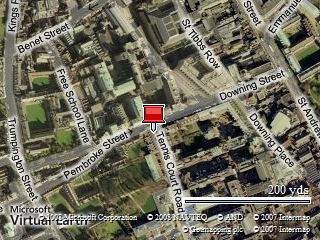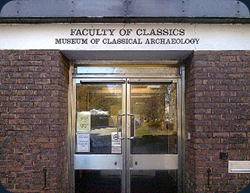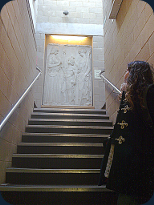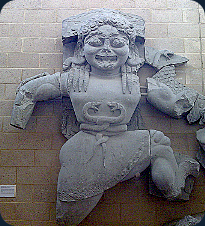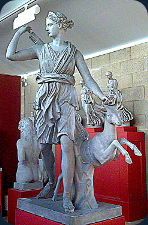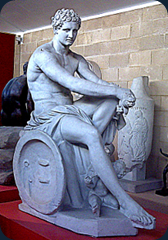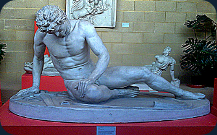Last Friday me and Zoe visited the Museum of Zoology followed by the Whipple Museum of History of Science. Both just around the corner from each other. We will give you a review of the Whipple Museum soon. Below is quite a large review but as there are so many interesting elements to the museum I can’t really do it any less justice.
The Zoology museum is yet again another of Cambridge’s free museums and is part of the universities. In this case it is also used as a teaching resource for the university and some of the classes are held here. Downstairs one of the exhibit rooms doubles as a class room. It is good to see this because if it can be used to teach in its material and displays must be current and of a high enough standard. On top of this it means that there is a greater likelihood that it will be rotated and serviced regularly. Of which it is. Photography is encouraged, even video recording so long as a tripod is not used.
The museum is in the New museums courtyard, which is just off Pembroke Street but easily missed, when you enter the courtyard however the whale makes it very obvious where to go, just ahead and to your right. As regards accessibility there is an excellent ramp system and even easy open doors at the front entrance. The bird display however, within the museum, only has stair access so this gorgeous display will be inaccessible to some.
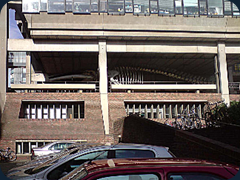
The museum is listed as an architecture attraction in Cambridge from the tourist office due to its stereotypical blocky 80’s image. That and they have a whale visible on the first level. Behind the glass of the upstairs They have a collection of whales hanging – so even when closed these large displays can be viewed by walking along the outside of the glass upstairs. The front entrance is large and glassed so easily seen and seen into even when the building is shut.
There is a fantastic attempt, applied to the upstairs exhibits in particular, at tying the exhibits in to real world and human affairs and this. That is to say explaining how certain animals live in the world and our relationship with them as opposed to some zoology museums that prefer a wholly scientific attitude.
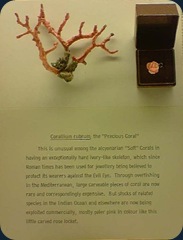
Near the entrance is an information hub. It acts as an information hotspot, a showcase for exhibitions and news, and a centre for the great youth activities that the museums promotes and runs. There is a suggestions and ideas board there as well, if you are going please take the time to add your ideas as this is how places can improve.
As a zoology museum it comprises of a mixture of display types – fossils, specimens in jars, skeletons, dried animals as well as stuffed animals. On top of this there are a few recreation of dinosaurs and the like upstairs as well as two very beautiful bird dioramas downstairs. The mix of differing displays is best used upstairs where themed displays – such as frogs mix a variety of models giving a person a nice varied view, rather than an endless sea of jars. In this way the person takes in more more easily. Downstairs however has less of this variety and is comprised of larger cases with skeletons primarily with some stuffed animals.
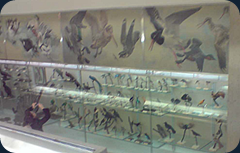
Definitely the most beautiful display is the bird collection on the stairs down to the basement floor – important to note for those like my mother with a terror for birds. It has a very nice painting of bird above it and a small collection of nests as well as some skeletons but the majority of the display is taken up with stuffed birds with their varied and colourful plumage.
The upstairs has a wonderfully spaced set of displays where a lot of information is displayed but in between enough space to comfortably take everything in. The buildings lighting compliments this and with the overhead large windows letting in a lot of room at roof height but blocking vertical sunlight there is no glare on the glass cabinets but always well lit and airy building. One of the corridors downstairs was very dark as some light bulbs were blown, it has to be said.
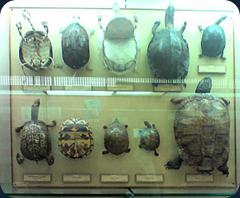
One of the things I particularly liked about this museum was the way in which it charted its own history. There are plenty of signs and boards illustrating what the museum was about, how it came to be and also some of the particular exhibits – such as the Whale and how it got to be there. It is to be noted unfortunately that this trend is not continued throughout the rest of the museum. But it is head and shoulders above most museums in recognising its own place in history and chronicling it.
On top of this one of my favourite displays is a case showing the inner working of the bigger reserve collection. This case showed how the old collections in old wooden framed boxes have been replaced into newer metal casings. This ties in with one of the great figures of the Museum, Darwin. His personal collections, for example of beetles, have been saved from destruction in this way.
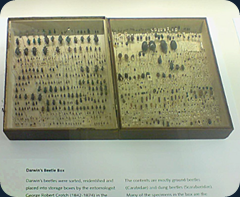
Another massive positive for me was the British Bird Display, while it was tucked away it did have a good thorough display of the birdlife that is common to these shores and all too common museums lose sight of displaying what is native. The museum, on this point, has a beautiful front entrance display of weird and wonderful displays. *It is a feast for the eyes and definitely shows that the museum is aware that its purpose is not only to educate but to entertain. And by entertaining more people will come by and learn more.
As I said earlier about charting its own history, at time of posting a special exhibit, which the museum regularly changes and shows new special exhibits, there was a special display on Darwin and a nice collection of his specimens from his trip aboard the HMS Beagle. Darwin being so influential to modern science and culture but also to the growth of the museum as well.
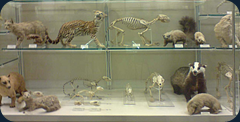
I do have a few small criticisms. The dioramas are beautiful and very well constructed but some form of key to them would have been helpful. Without these one can only guess as to which birds are where. While its nice the museum is used as a teaching resource, it means that the primates display is shut off from the public, with no idea when it can be available. A sign to let the public know when the room is open would be handy. Opposite the bird display is a strange display on feet it seems, without an overall labelling its not clear what the exact purpose of this strange little collection of exhibits are. I can understand that opposite such a beautiful collection as that of the birds you would rather not put something that should not be overlooked but is it really worthwhile putting in such a weak collection. Maybe a display board or two about the overall theme would help strengthen this display. On top of this while individual displays were very well themed and ran well together there seemed to be a lack of an overall plan; if there were signs indicating where things were, or a plan doing this it would have helped greatly.
As a final hoorah for an inside look see the BBCi 360 degree panoramic photographs.
Details for the Museum are as follows:
University Museum of Zoology Cambridge

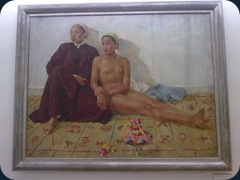

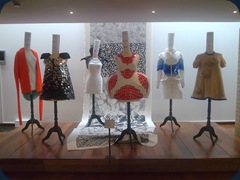
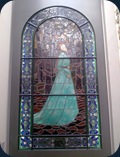

![P120409_15.34[02] P120409_15.34[02]](http://lh3.ggpht.com/_q4XBb4kzuGw/SfcUv1LciCI/AAAAAAAAAMI/qmQpxqrL4Lo/P120409_15.3402_thumb2.jpg?imgmax=800)
![P120409_15.35[01] P120409_15.35[01]](http://lh5.ggpht.com/_q4XBb4kzuGw/SfcUzfRMWPI/AAAAAAAAAMQ/hdZKTReKKgg/P120409_15.3501_thumb4.jpg?imgmax=800)
![P120409_15.48[01] P120409_15.48[01]](http://lh6.ggpht.com/_q4XBb4kzuGw/SfcU32lbY1I/AAAAAAAAAMY/ZpZPAsTOuyI/P120409_15.4801_thumb2.jpg?imgmax=800)
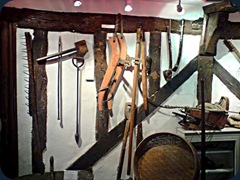
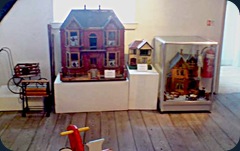
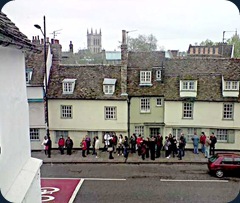
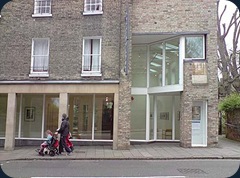 Kettle’s Yard
Kettle’s Yard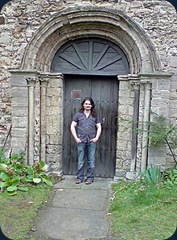
![P120409_15.17[02] P120409_15.17[02]](http://lh3.ggpht.com/_q4XBb4kzuGw/SeN3TKc78wI/AAAAAAAAAKM/rHtL1RJvSHI/P120409_15.17%5B02%5D_thumb%5B2%5D.jpg?imgmax=800)
![P120409_15.22[01] P120409_15.22[01]](http://lh5.ggpht.com/_q4XBb4kzuGw/SeN34vqL9xI/AAAAAAAAAKU/1SrBciBJfJs/P120409_15.22%5B01%5D_thumb%5B2%5D.jpg?imgmax=800)
